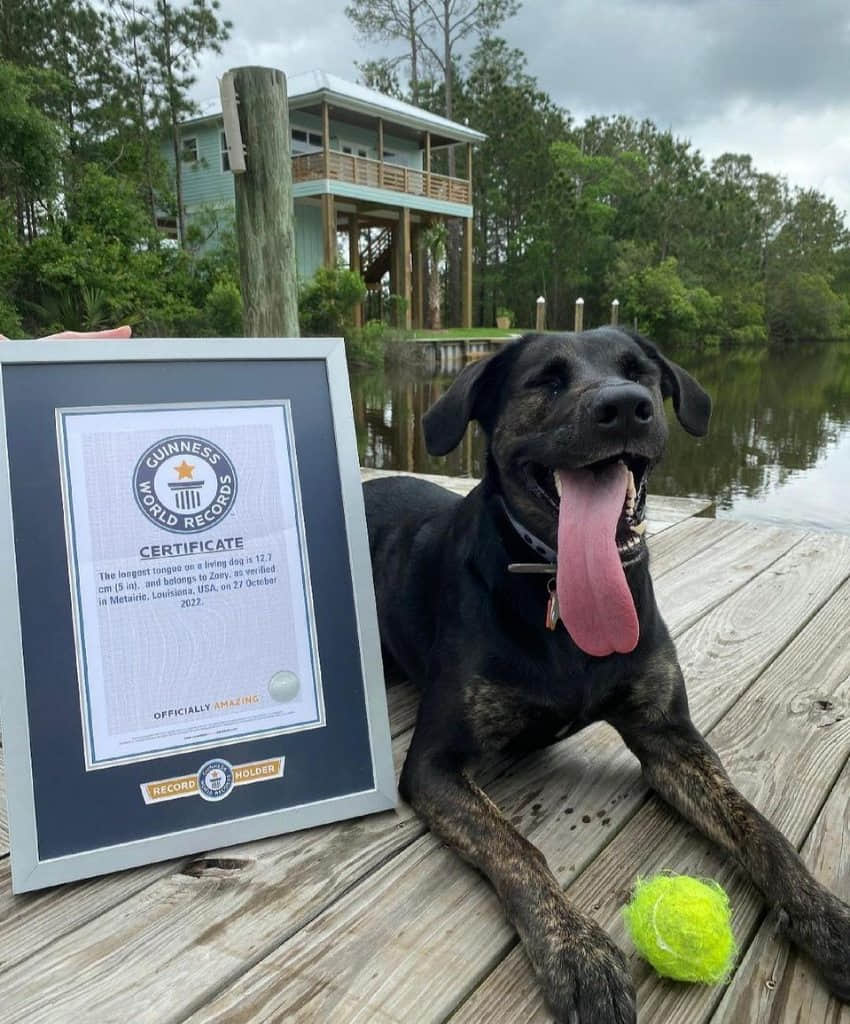Experts studied the DNA of dogs that survived 35 years in the “forbidden zone” to understand the effects of radiation and how to survive in this harsh environment.
More than 35 years after the world’s worst nuclear accident, dogs at Chernobyl still roam among the abandoned buildings, can still find food, reproduce and survive. Scientists hope that studying them can help people understand more about how to survive in the harshest environments.

The study in the journal Science Advances on March 3 focused on 302 stray dogs living in the “no-go zone” around the disaster area. This is the first in-depth study of their DNA. Accordingly, they are genetically different from purebred dogs and even freely bred dogs.

“We have a golden opportunity to lay the foundation for answering a crucial question: How to survive in such a harsh environment for 15 generations?” said geneticist Elaine Ostrander at the Institute. US National Human Genome Research Institute (NHGRI), a member of the research team, said.
Dogs provide an excellent way to examine the impact of this type of environment on mammals in general, according to study co-author Tim Mousseau, a professor of biology at the University of South Carolina.

On April 26, 1986, a fire and explosion at the Chernobyl nuclear power plant, Ukraine, caused radioactive dust to spray into the atmosphere. 30 workers died immediately after the disaster, but in the long term, the death toll from radiation poisoning is estimated to be in the thousands. The group of experts said it seems most of the dogs they are studying are descendants of pets that residents had to leave behind when evacuating.

Mousseau worked in the Chernobyl site since the late 1990s and began collecting blood samples from dogs around 2017. Some dogs lived in the power plant. Others live about 15 – 45 km away.
At first, the research team thought that the dogs had lived together for so long that they might resemble each other. But through DNA, they easily identified dogs living in areas with high, low and moderate radiation exposure. “We can compare them and say what’s different, what’s changed, what’s mutated, what’s evolved, what’s helpful and what’s damaging at the DNA level,” Ostrander said.

The team of scientists said the new research has broad application, providing insight into how animals and humans can survive in harsh places around the world and in high radiation environments outside. space.





